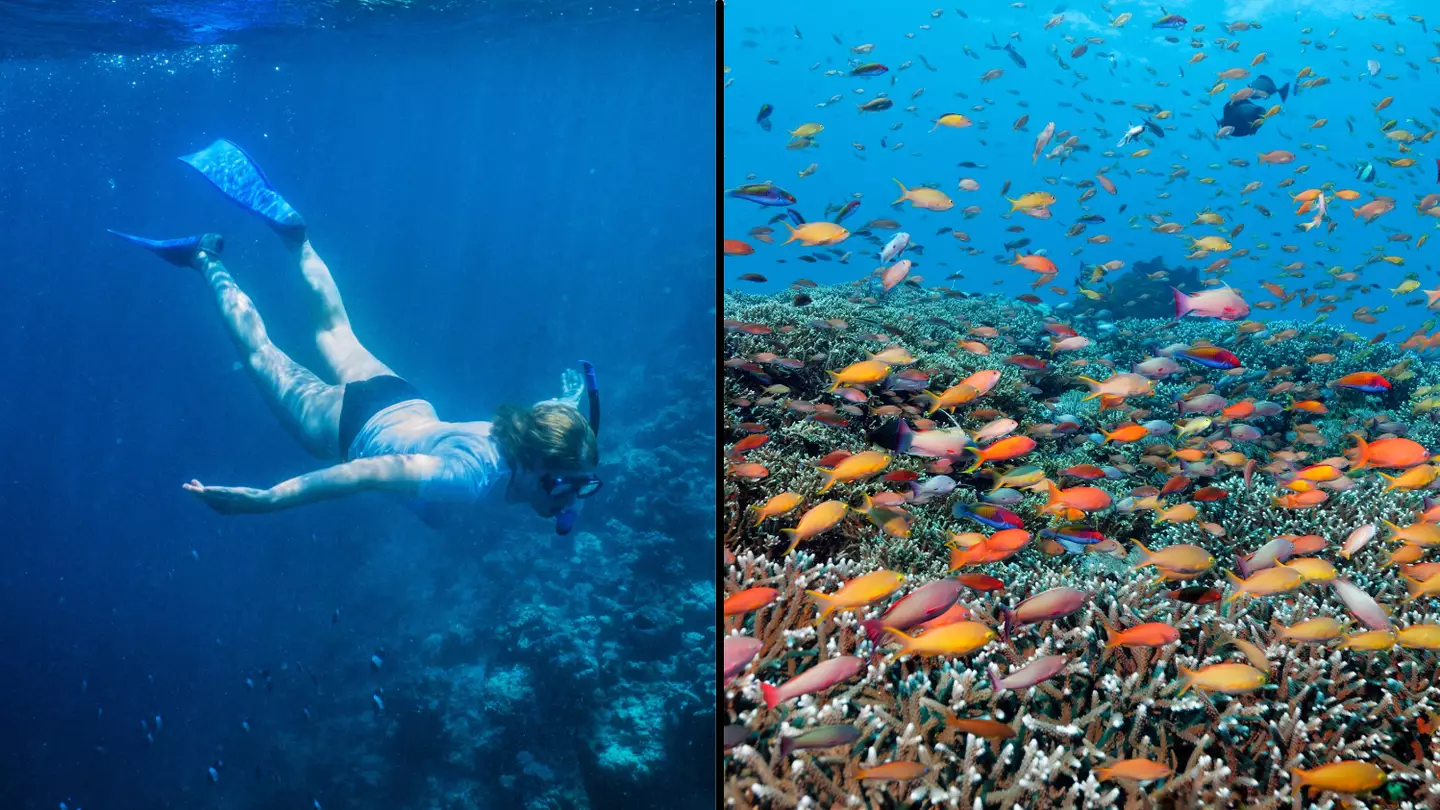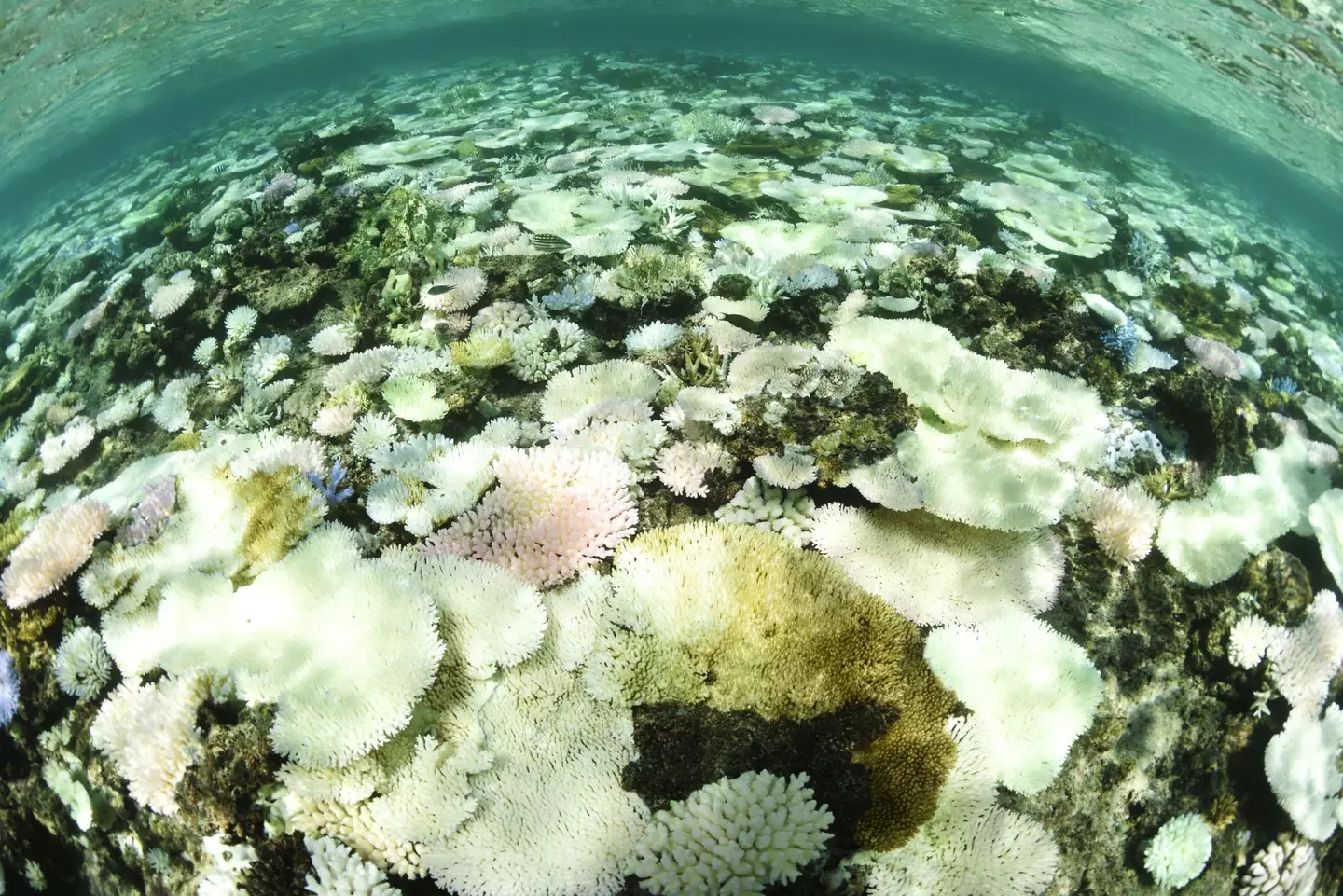
Australian Institute of Marine Science (AIMS) findings show that a staggering amount of coral has recovered along the Great Barrier Reef following storms and bleaching events.
ABC News reports that the AMI has discovered that northern and central parts of the reef have seen the highest amount of coral recovered in 36 years.
The average coral cover in the region north of Cooktown increased to 36 per cent, up from 27 per cent the previous year. Meanwhile, the central Great Barrier Reef is up to 33 per cent, which was 26 per cent in 2021.
The results come after the reef suffered its fourth devastating bleaching event in six years, according to aerial surveys released in March.
The report showed that aerial surveillance discovered almost all reefs across a 1,200 km (745 miles) stretch had been damaged due to the warm sea temperatures.
Advert
AIMS CEO Dr Paul Hardisty said via a press release: "The 2020 and 2022 bleaching events, while extensive, didn't reach the intensity of the 2016 and 2017 events and, as a result, we have seen less mortality.
“These latest results demonstrate the Reef can still recover in periods free of intense disturbances."
However, despite the good news, the new coral taking over the reef is highly vulnerable as it could be easily damaged by storms and heatwaves, according to Dr Hardisty.

He also noted that a significant amount of the recorded coral cover was reduced due to the ongoing outbreak of coral-eating crown-of-thorns starfish.
"A third of the gain in coral cover we recorded in the south in 2020/21 was lost last year due to ongoing crown-of-thorns starfish outbreaks," he said.
"This shows how vulnerable the Reef is to the continued acute and severe disturbances that are occurring more often and are longer-lasting.”
The Great Barrier Reef has been inscribed on the World Heritage List since 1981, recognised as ‘one of the most remarkable places on earth’.
In 2021, the Federal government went against the UN’s recommendations and dismissed the Great Barrier Reef from being moved to the endangered list of world heritage sites.
However, an expert on the reef, Imogen Zethove, said the government needs to recognise how severely climate change is killing one of the world’s most unique ecosystems.
She told Phys Org: "Let's look at this issue with a fresh pair of eyes, let's shift it from a perspective of 'In Danger' as being a negative or a penalty to the country, to this is what the science is telling us is the right thing to do.
"Let's use the 'In Danger' listing as a tool to both increase our ambition in Australia and urge other major emitters that they need to do more to protect World Heritage sites from climate change impacts."
Topics: News, Science, Environment, Australia